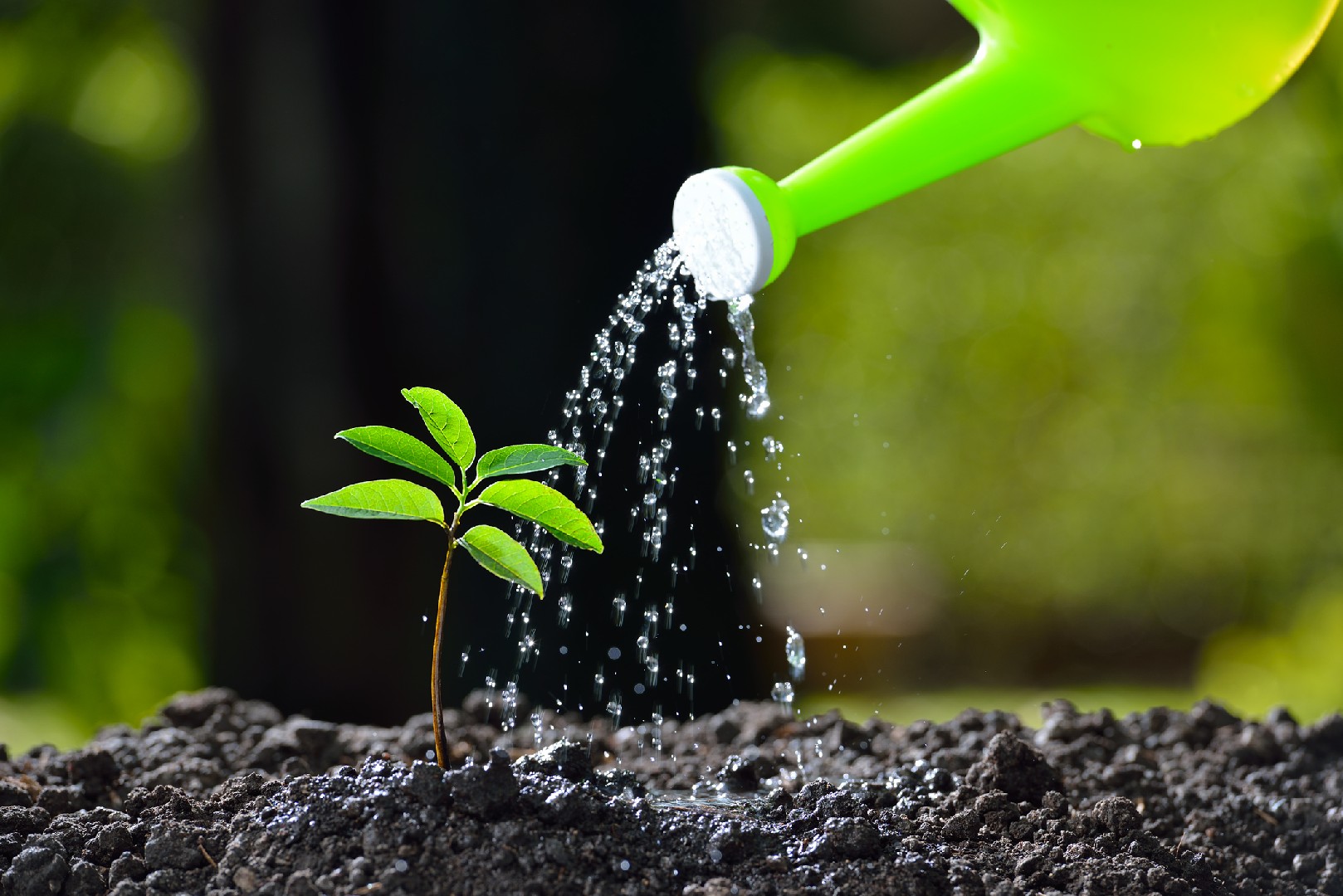![Rectangle]()
Preventing Problems Before They Start
When it comes to propagating plants, one of the most important factors for success is starting with a healthy mother plant. The health of the parent plant greatly influences the health and vigor of the new plants it produces. By selecting a strong and disease-free mother plant, you are setting yourself up for success right from the start.
Another crucial aspect in ensuring healthy new plant growth is managing optimal environmental conditions. Providing the right temperature, humidity, and light levels can greatly influence the success of your propagation endeavors. Temperature controls the rate of root growth and metabolism, while humidity helps in reducing water loss through the leaves and stimulating root development. As for light, it is essential for photosynthesis and the production of energy for growth. Monitoring and adjusting these environmental factors as needed will help create an ideal growing environment for your new plants.
Choosing the right propagation medium is another critical step in preventing problems before they start. The propagation medium, whether it's soil, peat moss, vermiculite, or perlite, plays a crucial role in providing adequate support, water retention, and nutrient availability for the developing roots. It is important to select a medium that is well-draining yet retains enough moisture for the roots to grow. Additionally, maintaining cleanliness and hygiene in your propagation area is crucial to prevent the spread of diseases and pests. By using clean tools, sterilized containers, and regularly sanitizing your work area, you can significantly reduce the risk of introducing pathogens to your new plants.
In order to ensure healthy new plant growth, it is also important to have an understanding of proper propagation techniques. Different plants have different propagation methods that work best for them. Some plants can be easily propagated from stem cuttings, while others may require root division, layering, or seed propagation. Understanding the specific requirements of each plant species and using the appropriate methods will greatly increase your chances of success.
In addition to these methods and skills, it is also helpful to have knowledge of common propagation challenges and how to overcome them. For example, transplant shock, damping-off disease, and nutrient deficiencies are common problems that can hinder new plant growth. Learning how to identify and address these issues will help you troubleshoot problems and take necessary actions to ensure the health and vitality of your new plants.
By focusing on these key points, you can prevent many problems before they even begin. Starting with a healthy mother plant, managing optimal environmental conditions, choosing the right propagation medium, and employing proper propagation techniques will set the stage for healthy new plant growth. Additionally, having knowledge of common propagation challenges and how to overcome them will equip you with the skills needed to navigate any potential roadblocks on your journey to successful propagation. So remember, with the right knowledge and practices, you can overcome common propagation challenges and enjoy the rewards of healthy new plant growth.





